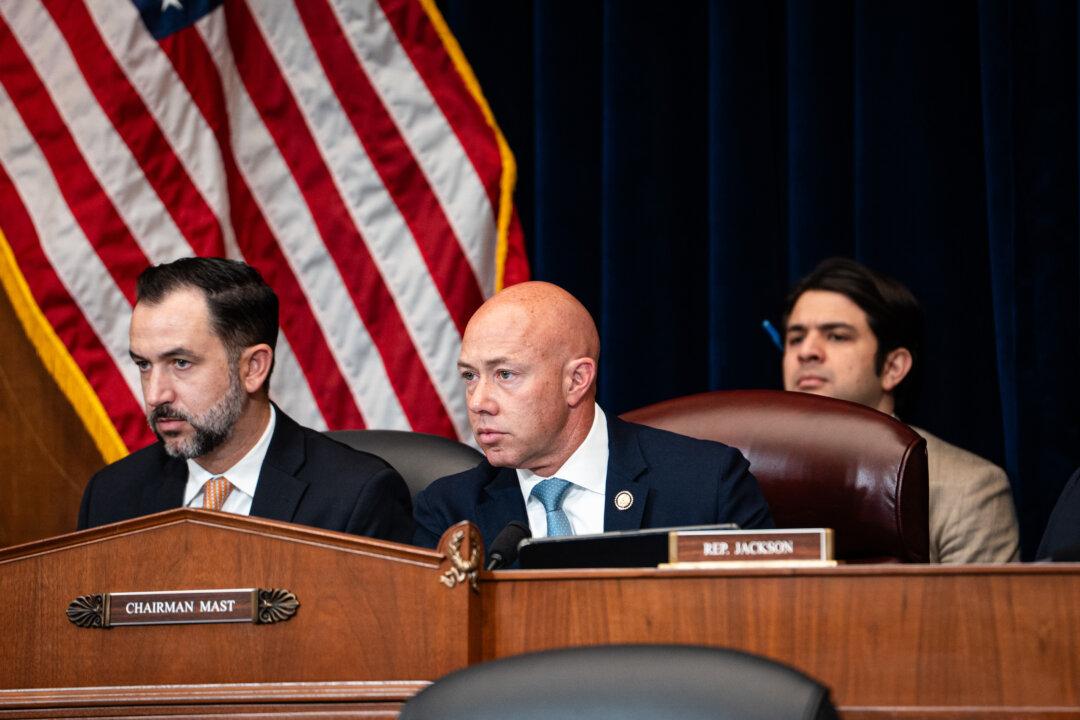NEW YORK—The future costs of health care benefits for retired government employees in New York has hit an estimated $250 billion, but state and local governments do not have money set aside to foot the bill, according to a report released Wednesday by the Empire Center for New York State Policy, a Manhattan Institute policy research project.
“The retiree health care iceberg is getting bigger and more dangerous with each passing year,” said the report’s author E.J. McMahon, a senior fellow with the Empire Center and the Manhattan Institute. “If elected officials don’t act soon to shrink this problem, it could eventually sink us.”
New York City accounts for $84 billion of the future costs. A further $73 billion comes from New York state, which includes the State University of New York and the City University of New York.
The state’s 20 largest counties have combined liabilities of just more than $17 billion. The remaining costs estimated by the report are spread between the state’s largest school districts ($7.4 billion), cities ($5.5 billion), towns ($2.9 billion), villages ($819 million), and public authorities ($19 billion). The Metropolitan Transportation Authority alone has promised $18 billion in future retiree health benefits.
The hefty sums represent a transfer in wealth from tax-paying citizens to government workers for a benefit not available to most private sector workers, the report states.
Unlike pensions, which are partially funded via large investments, these health care benefits are the sole responsibility of each agency.
According to the report, many government agencies offer Other Post-Employment Benefits (OPEB), such as retiree health insurance, after just 5 to 15 years of service.
State and local governments have been required to disclose long-term OPEB liabilities since 2007, uncovering the $250 billion price tag—a $45 billion increase from 2010, according to the report.
These benefits, unlike pensions, are not guaranteed by the state Constitution. Elected officials can restructure benefits for retirees and current employees.
The report suggests having retirees pay a larger share of premiums; scaling benefits to retirees against length of employment; establishing low-risk trust funds to cover these liabilities; and eliminating coverage for new hires and employees who have worked for less than 10 years, shifting them to a retirement medical trust.
The Epoch Times publishes in 35 countries and in 19 languages. Subscribe to our e-newsletter.




